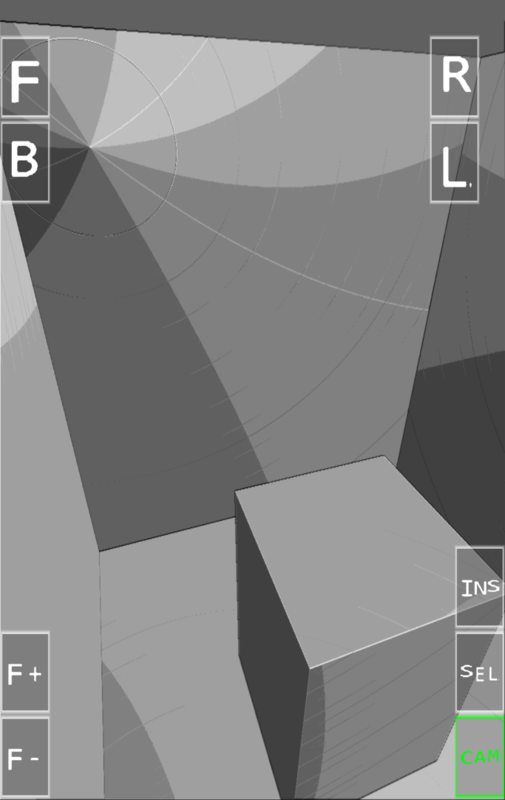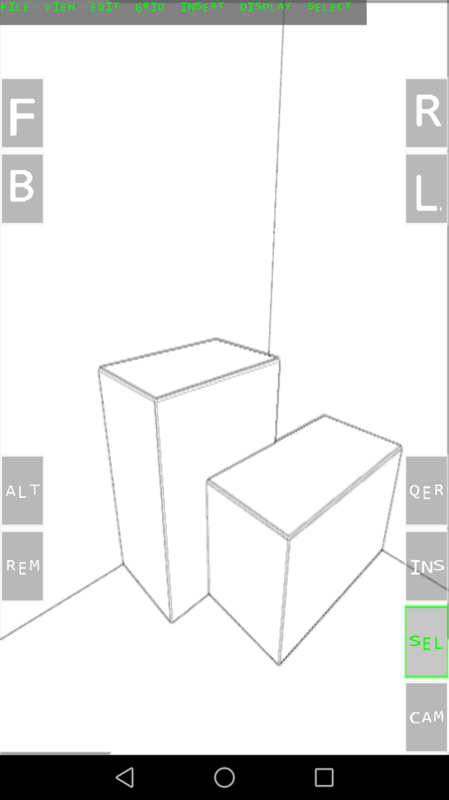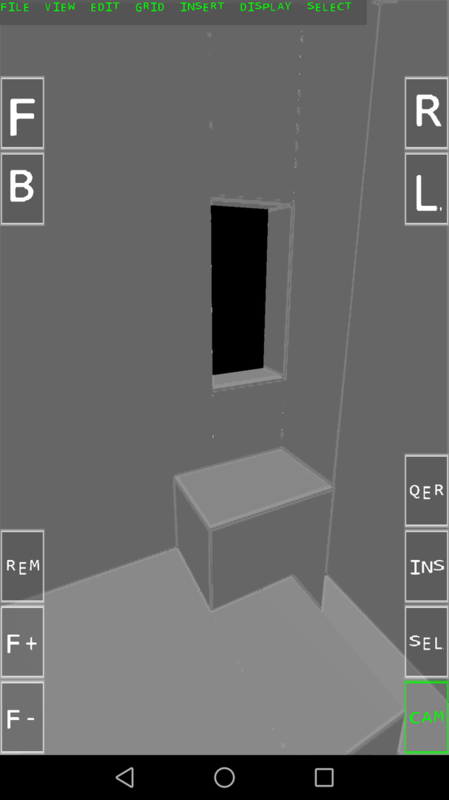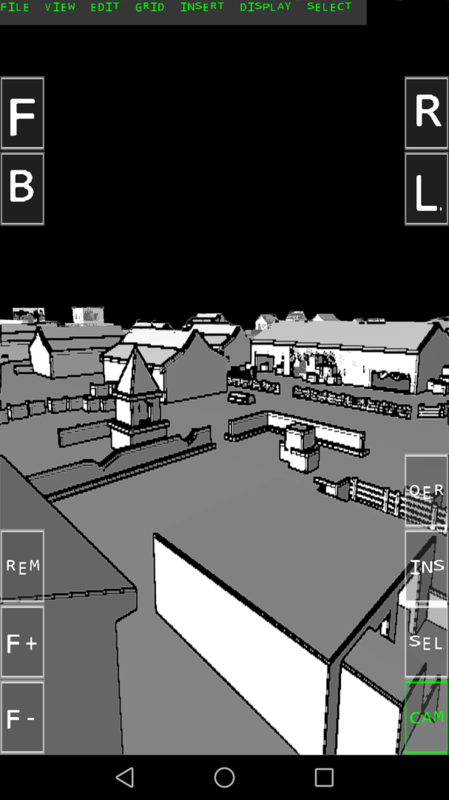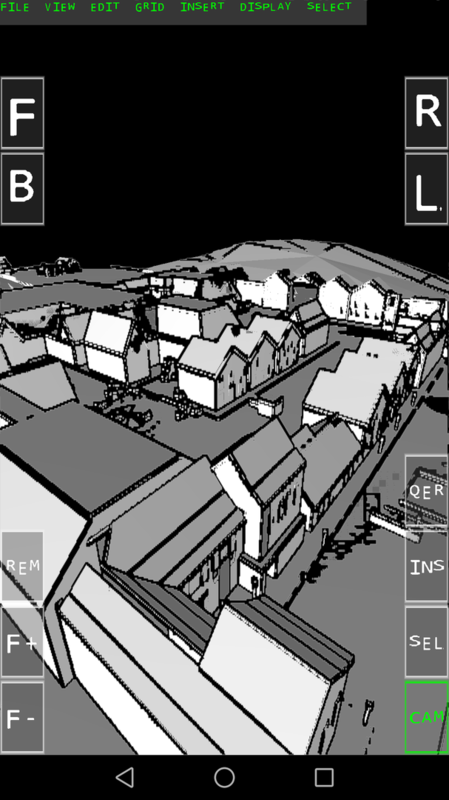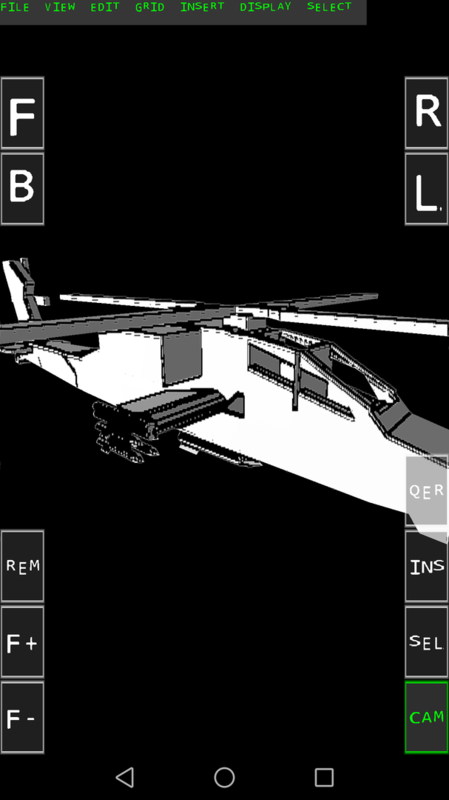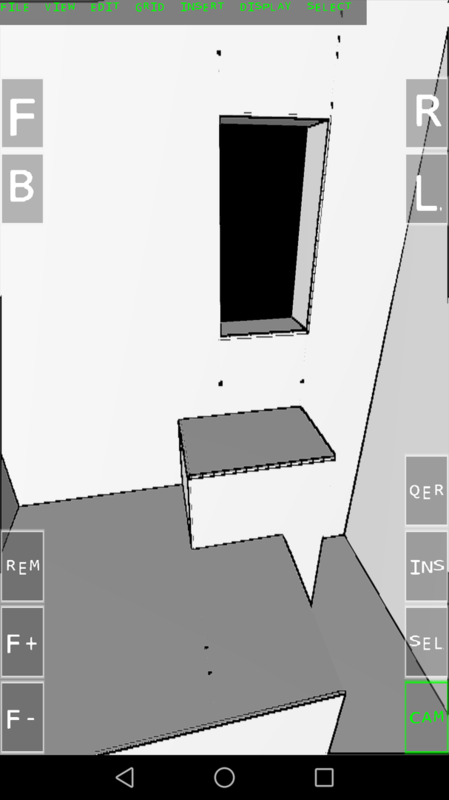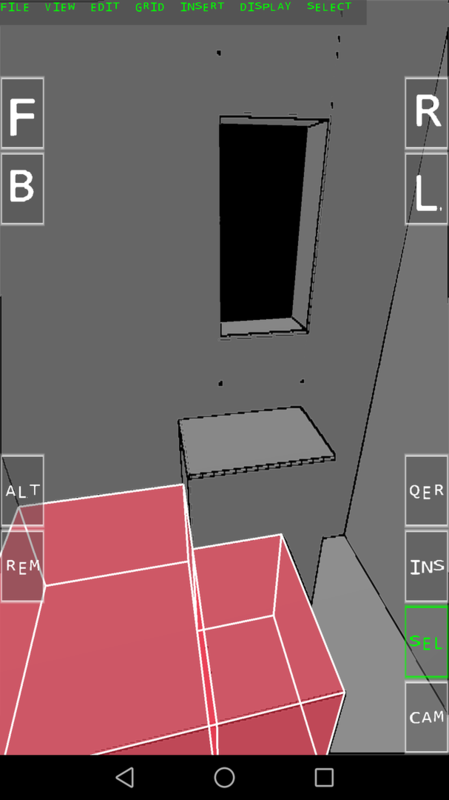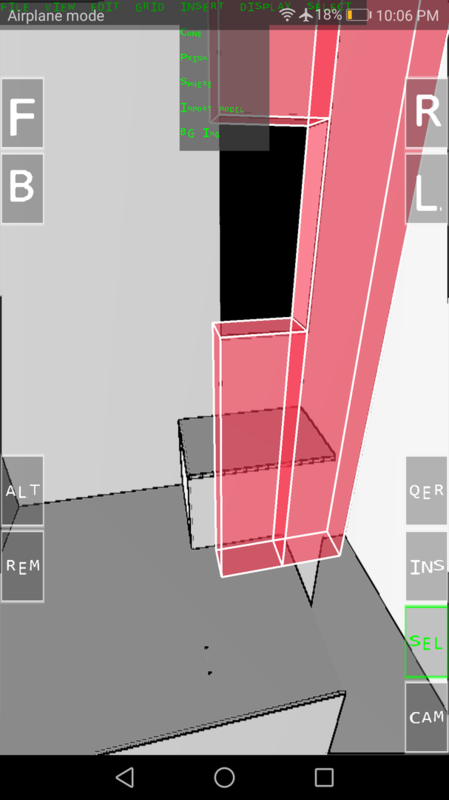I try to implement ssao, i've read few tutorials and they use view space calculations - like you need a texture with viewspace positions of each fragment blablabla, but what are the numbers that define viewspace are they in range of 0..1?
How do i multiply a vertex by view matrix do i use matrix row 4th component too to calculate it?
Additionally i would like to ask what was the difference in vertex 4th component? I recall that 1.0? were for positions and 0.0 were for vectors right?
So if i want to calc viewspace normal i dont then use 4th matrix row component at all?
So i decided to reinvent a wheel (......)
Forget about view space, perspective divisions and kerenels random vectors - just sample all pixels around each pixel and compare their depths to find occlusion value...
And i came with that ugly result,(see attachement
maybe i could improove it. And if not i would like to not use viewspace thing cause i have no imagination on that kind of thing and rather use worldspace but still maybe theres a way of doing ssao without involving rotation of kernel samples, i would like to avoid filling tangent information to gpu buffer and calculating rotation matrix for world space solution of this kind of thing.



